Head Office:
Level 2,
135/153 New South Head Road,
Edgecliff New South Wales 2027 Australia
Mail:
PO Box 720, Rose Bay,
New South Wales 2029 Australia

Australian Design Pioneer No: 0004
Sector: Education, Housing and Community, Manufacturing
Location: Western Sydney, New South Wales
Website: https://streetfurniture.com

Manufacturer Embeds Design to Create Lasting Enjoyment in Public Spaces.
Street Furniture Australia is a design-led organisation that unites research, development, and production within one operation. Its mission is to bring lasting enjoyment to public space experiences by embedding design into every aspect of its culture and operations. Street Furniture Australia exemplifies the Australian Design Council’s vision for a nation where design is a core capability, driving innovation, building competitiveness, and creating impact across society.
This integrated approach has allowed the company to position itself as a leader in urban design, influencing how public spaces are conceived, built, and enjoyed across Australia.
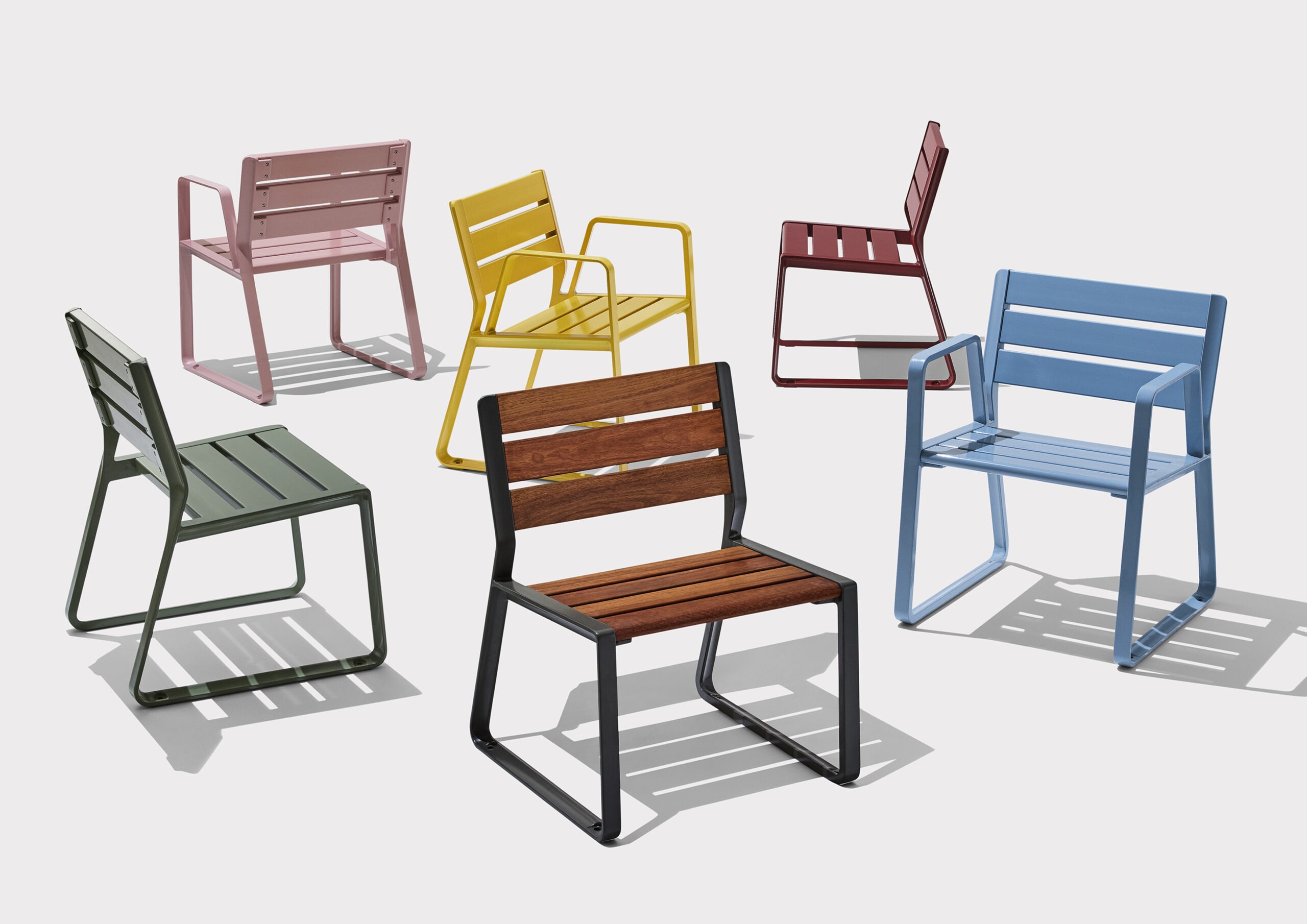
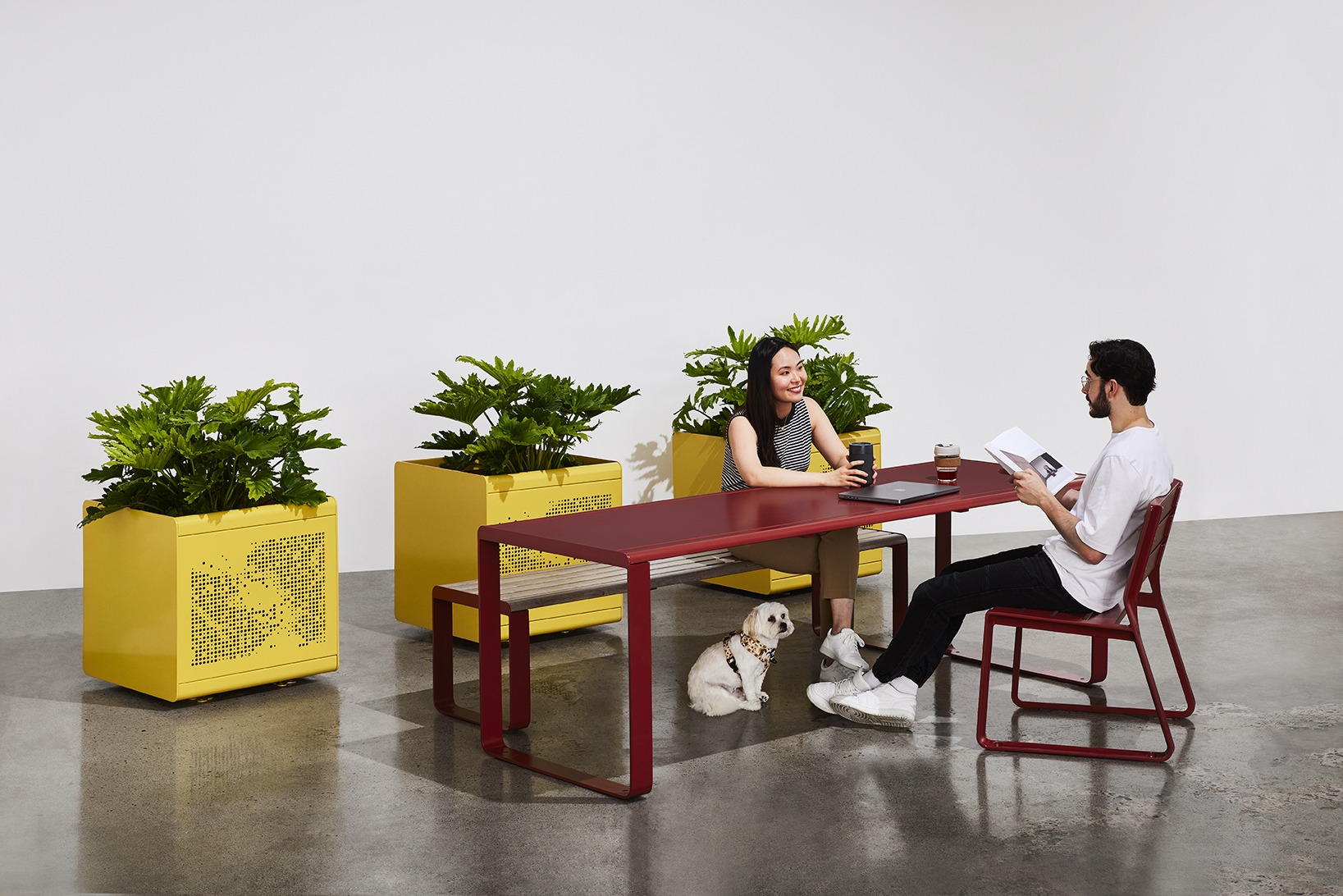


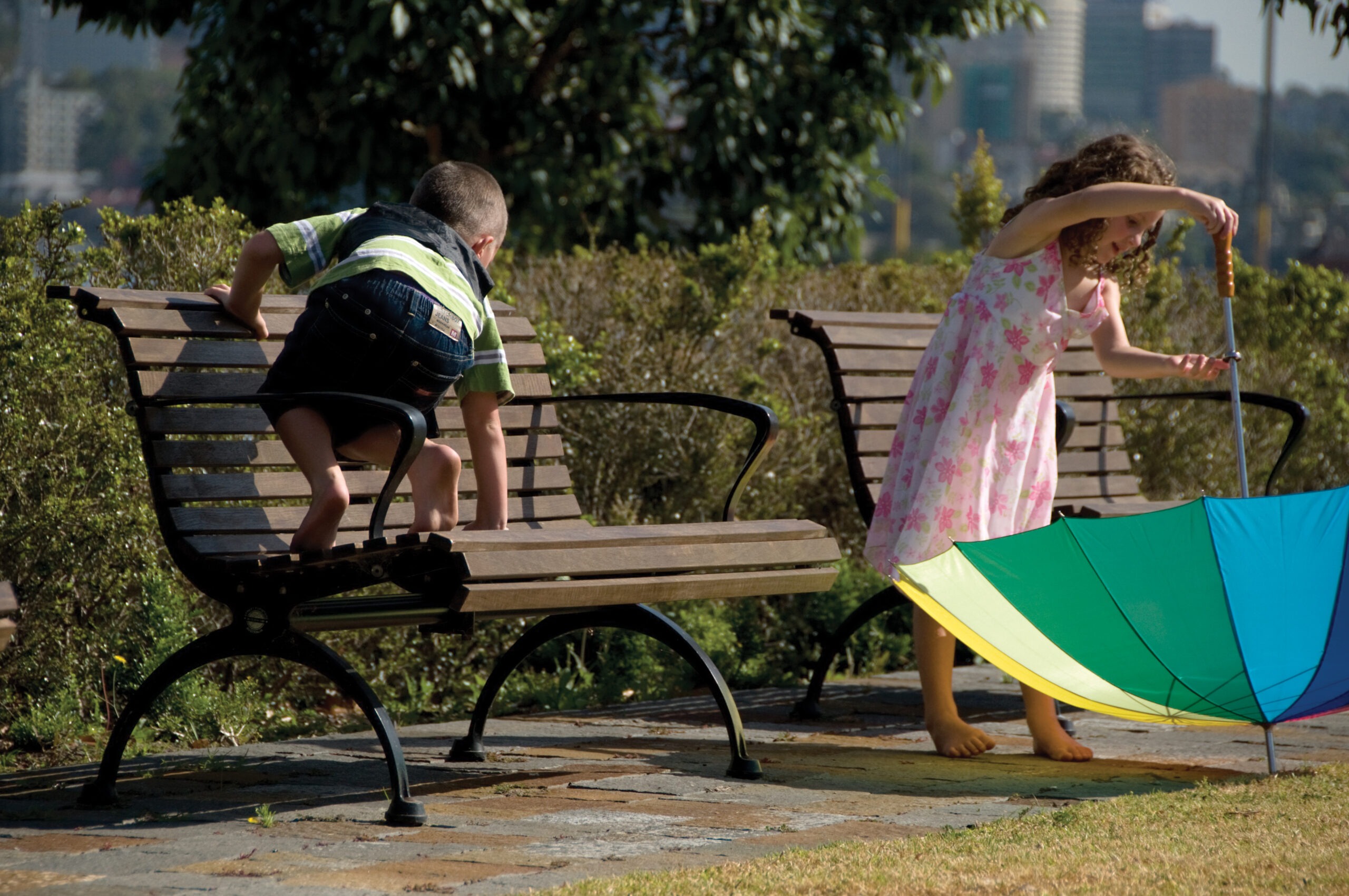
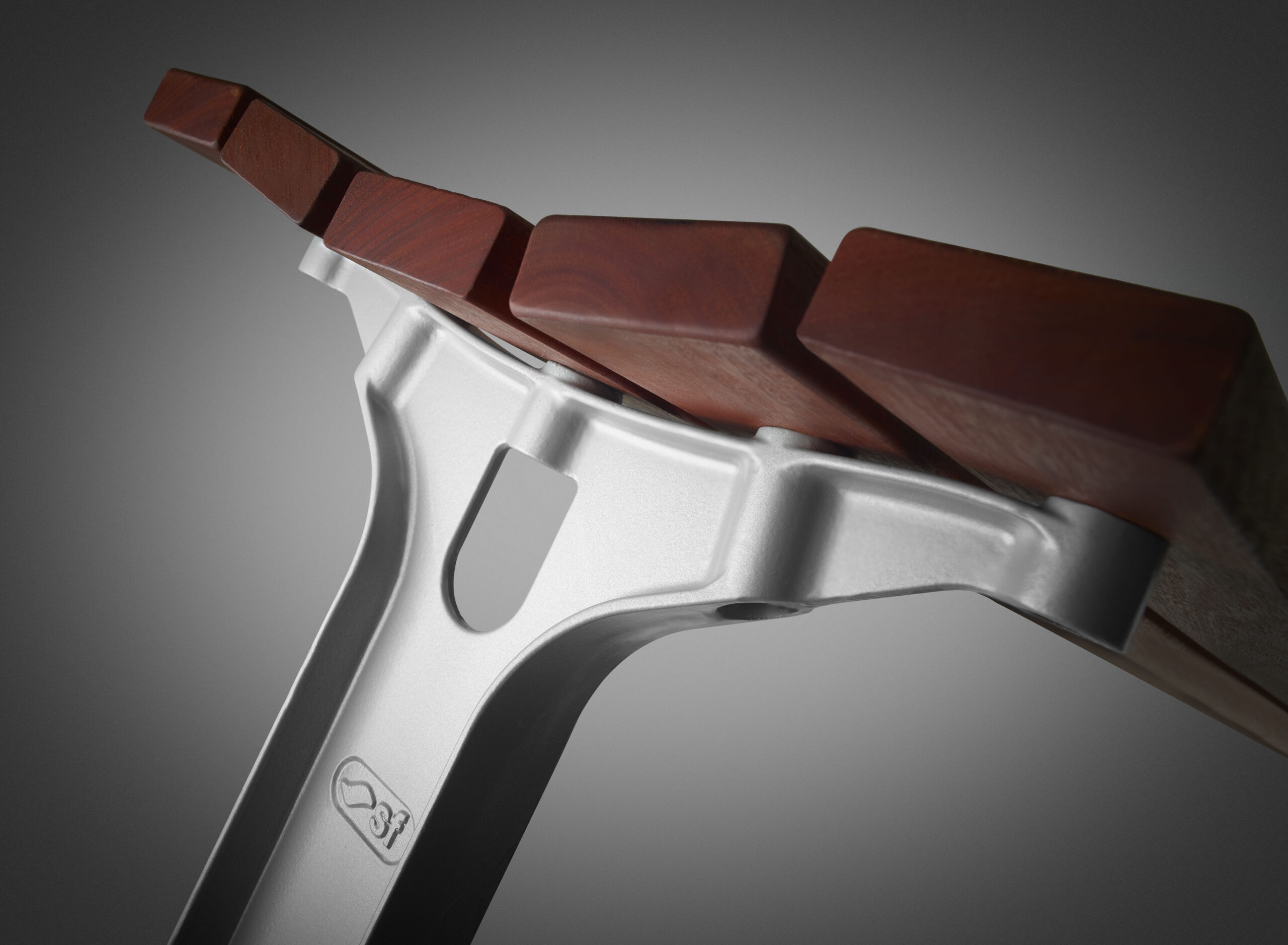


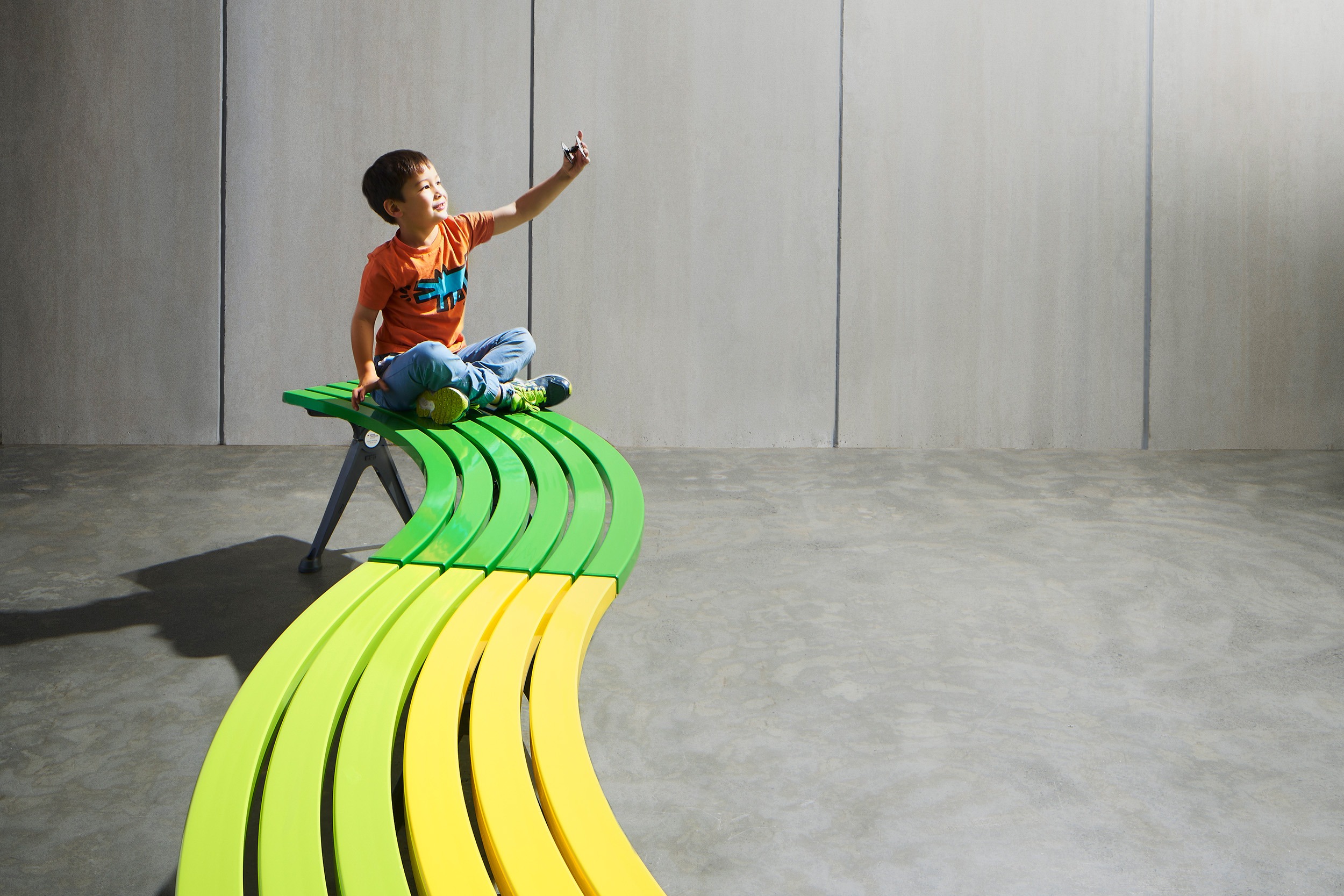
Discover the Right Challenge
The company uses observation and empathy interviews to deeply understand real community needs. It takes the time to frame a “grand challenge” before committing resources, ensuring that it designs the right thing before designing the thing right.
This disciplined approach ensures that every innovation directly responds to human and environmental insights rather than assumptions or market trends.
Co-Create with Stakeholders
Street Furniture Australia collaborates with advisory boards made up of landscape architects, designers, and clients, while also involving staff across all departments.
This approach reflects the Council’s advocacy for embedding design as a strategic capability that connects disciplines and breaks down silos. Through this collaborative model, the company not only builds stronger products but also stronger relationships, fostering a shared sense of ownership and pride among all participants.
Prototype and Test
A “fail early, learn fast” mindset is applied to accelerate innovation and reduce risk. This mirrors the Council’s belief that design is a critical driver of productivity and efficiency.
By continuously prototyping and refining, the company turns potential setbacks into opportunities for insight, creating a robust foundation for confident, evidence-based decision-making.
Embed Design in Culture
Design is not confined to a single department but is embraced as everyone’s responsibility. Through storytelling and gamified client engagement, the company builds trust and communicates the value of design, an approach aligned with the Council’s national emphasis on design as a shared capability.
This cultural integration of design empowers employees at all levels to think creatively and act collaboratively, reinforcing design as a unifying force across the business.
Economic Impact
A design thinking program led to the creation of a new product line that now contributes one-third of total revenue. The company successfully achieved its five-year goal of 33% growth, demonstrating how design strengthens competitiveness.
Its products are now chosen for their quality rather than replaced based on price, providing a clear example of design as a source of competitive advantage. This economic success proves that investing in design delivers long-term returns that extend beyond immediate sales to brand equity and customer loyalty.
Social Impact
The company’s public space designs have had transformative effects on communities.
In Garema Place, a collaboration with the ACT Government showcased the power of design thinking, resulting in almost a 200% increase in visitation, a sevenfold rise in children using play areas on weekends, reduced crime, and revitalised local business activity. Partnerships with First Nations designers ensure cultural authenticity, highlighting how design reinforces identity and inclusion.
These outcomes illustrate how thoughtful design can create places that nurture connection, belonging, and social wellbeing in everyday life.
Environmental Impact
After five years of systemic change, Street Furniture Australia achieved carbon neutrality certified by Climate Active.
The company transitioned its aluminium extrusions to low-carbon materials sourced from renewable energy and promotes a “buy less, buy once” philosophy through durable, repairable products.
Transparent annual reporting further builds accountability, demonstrating how design drives sustainability transitions.
This commitment to environmental leadership sets a benchmark for the manufacturing sector, proving that design and sustainability are mutually reinforcing pillars of responsible innovation.
Street Furniture Australia’s experience highlights key lessons for other organisations. Businesses should begin with people, not products, using empathy and observation to define the right challenge.
They should make design part of their culture rather than isolating it within a function, building capability across all areas of the organisation. Embracing early experimentation and iteration helps reduce both cost and risk. Companies should also communicate the value of design through evidence and storytelling rather than relying solely on aesthetics.
Most importantly, aligning design with measurable impact ensures that economic, social, and environmental outcomes are delivered together. These lessons demonstrate that embedding design as a strategic mindset, not a superficial layer, is essential for resilience and sustained growth in a rapidly changing economy.
These lessons echo the Australian Design Council’s mission to elevate design as a national capability, enabling industries to innovate, enhance global competitiveness, and address Australia’s most pressing challenges, from housing and infrastructure to climate and manufacturing.
Street Furniture Australia demonstrates that design is not an optional addition but a powerful driver of transformation.
By embedding design into its strategy, culture, and operations, the company has created products and places that provide lasting enjoyment and enduring value.
It stands as a compelling example of the Australian Design Council’s vision for a future designed and made in Australia, where design serves as the foundation for productivity, sustainability, and prosperity.
This case reinforces the message that when design leads, innovation follows, and the results benefit not just businesses, but communities and the nation as a whole.
This Australian manufacturer has redefined its role from simply making products to becoming a design-led business that integrates research, development, and production under one roof. Its guiding purpose is clear: to bring lasting enjoyment to public space experiences.
By embedding design into every part of its culture and operations, the company demonstrates the Australian Design Council’s vision where design is a national capability that drives innovation, builds competitiveness, and delivers impact across society.
Head Office:
Level 2,
135/153 New South Head Road,
Edgecliff New South Wales 2027 Australia
Mail:
PO Box 720, Rose Bay,
New South Wales 2029 Australia
Phone:
+61 2 8015 6680
We acknowledge the Gadigal people of the Eora Nation as the traditional custodians of the land we gather on and pay our respects to their Elders past, present, and emerging, honouring their enduring wisdom that continues to guide us in designing a more thoughtful, inclusive, and sustainable future.
We are a not-for-profit registered charity committed to advancing Australia's design capability and the transformative power of design to improve economic, social, cultural, and environmental outcomes for Australia. The Australian Design Council is endorsed as a Deductible Gift Recipient (DGR). It is covered by Item 1 of the table in section 30-15 of the Income Tax Assessment Act 1997. © 2025 Australian Design Council.